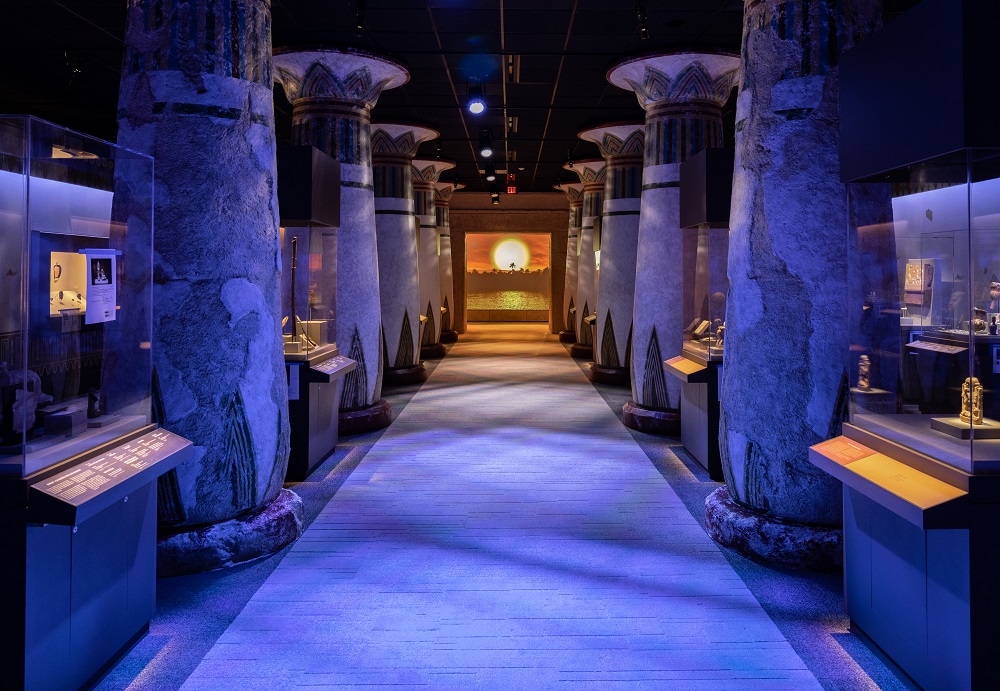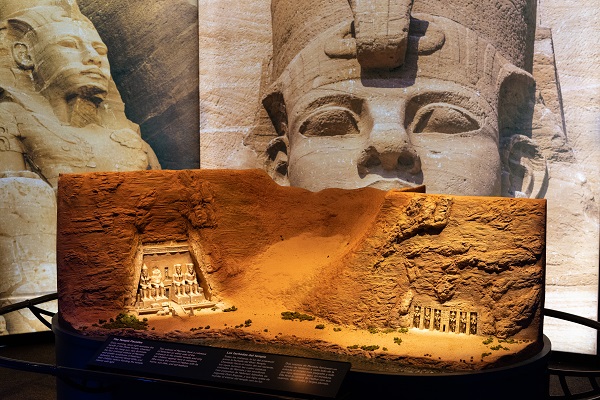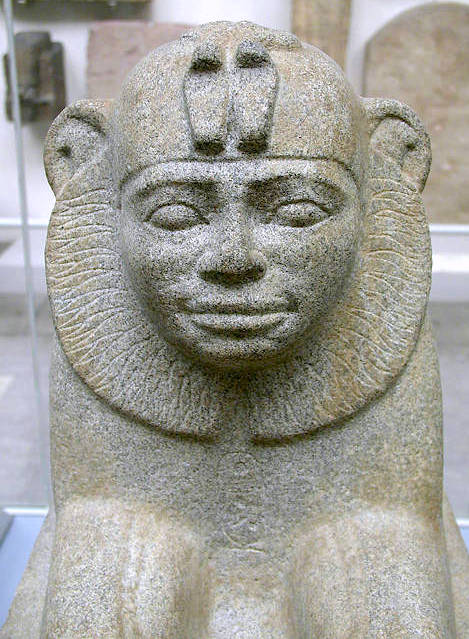Background:
The Book of the Dead, ironically, is not a book at all, but rather a diverse collection of magical spells intended to aid the dead in successfully navigating the complicated and oft tumultuous process of reaching the afterlife.
The bulk of the 200-plus spells discovered to date were created on papyrus, and a few have been found written on the walls of the tomb itself. Of the known spells, most are centered on the idea of making it safely to the afterlife.
All ancient Egyptians desired to safely reach the afterlife. The afterlife, after all, was a real place, and they believed magical spells would help them get there. Prosperous Egyptians would hire professional scribes to record the spells of their choice on fine papyrus sheets. This precious collection of spells was then packed away with their other grave goods, to be placed in their tomb at the time of their burial.
Not to worry, if you were not a “man of means,” so to speak, you could buy spells at the market. Many of the more popular spells were mass produced and could be purchased for a reasonable amount; there was even a space on the papyrus so that the purchaser’s name could be written on the document after purchase. Both the Ba and the Ka, the two aspects of the soul, would need this validation to know the spell belongs to them.
Materials:
- Color copy of Papyrus from the Book of the Dead of Ani (below)
- Copies of the Book of the Dead Judgment Papyrus description (also below)
Procedure:
- Research the Book of the Dead and the Weighing of the Heart Ceremony.
- Read the Papyrus from the Book of the Dead of Ani description.
- Looking at the picture of the papyrus and using the description, label what each of the lettered items are on the papyrus.
- What other judgments stories are the you familiar with?
The above scene from the Book of the Dead of Ani reads from left to right. At the left, Ani and his wife enter the judgement area. In the center are the scales used for weighing the heart, attended by Anubis, the god of embalming. The process is also observed by Ani’s ba spirit (the human-headed bird), two birth-goddesses and a male figure representing his destiny.
Ani’s heart, represented as the hieroglyph for ‘heart’ (a mammal heart), sits on the left pan of the scales. It is being weighed against a feather, the symbol of Maat, the principle of order, which in this context means ‘what is right’. The ancient Egyptians believed that the heart was the seat of the emotions, the intellect and the character, and thus represented the good or bad aspects of a person’s life. If the heart did not balance out with the feather, then the deceased were condemned to non-existence, and was consumed by the ferocious ‘devourer’, Ammit, the strange beast, part-crocodile, part-lion, and part-hippopotamus, shown at the right of this scene.
However, a papyrus devoted to ensuring the continued existence of the deceased is not likely to depict this happening. Once the judgement is completed, the deceased was declared ‘true of voice’ or ‘justified’, a standard epithet applied to dead individuals in their texts. The whole process is recorded by the ibis-headed deity Thoth. At the top twelve deities supervise the judgement.
R.O. Faulkner, The Ancient Egyptian Book of t, (revised ed. C. A. R. Andrews) (London, The British Museum Press, 1985); R.B. Parkinson and S. Quirke, Papyrus, (Egyptian Bookshelf) (London, The British Museum Press, 1995); S. Quirke and A.J. Spencer, The British Museum book of anc (London, The British Museum Press, 1992); via the British Museum








